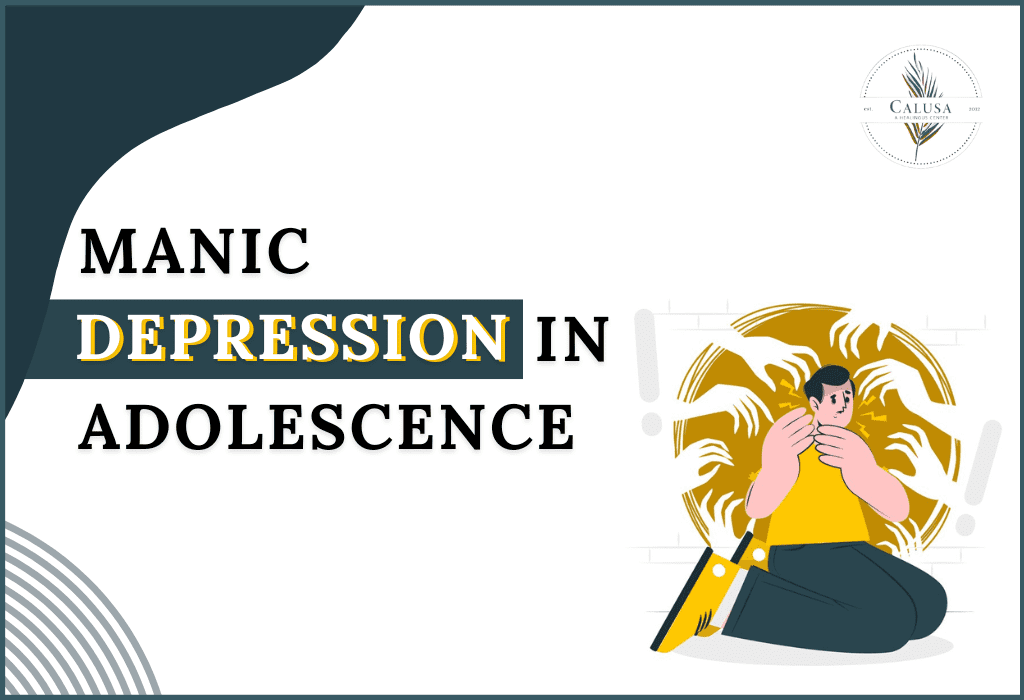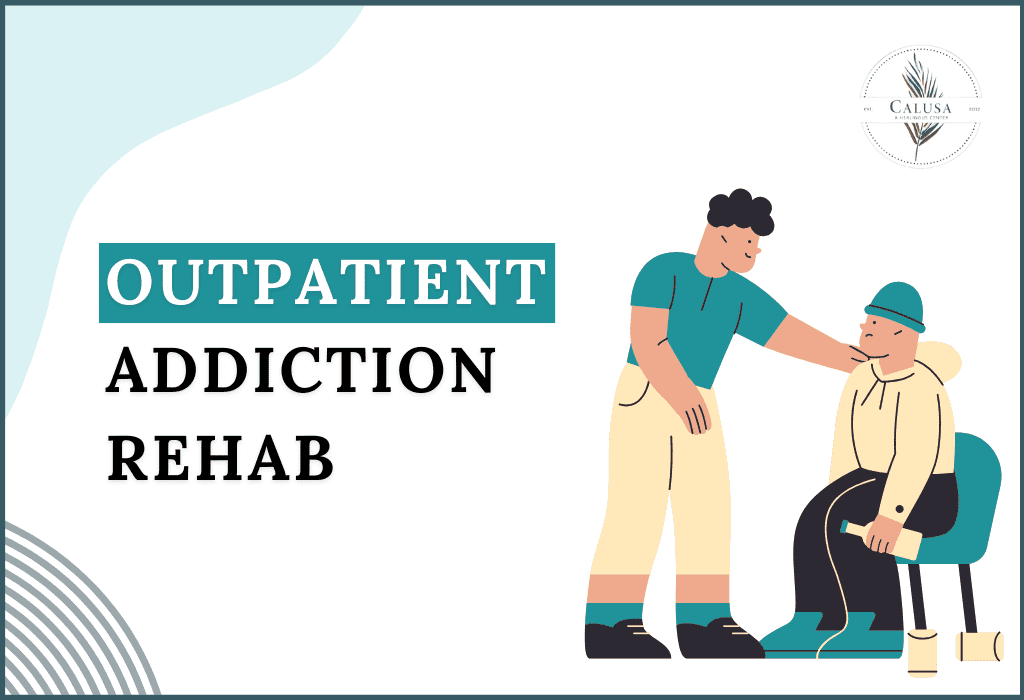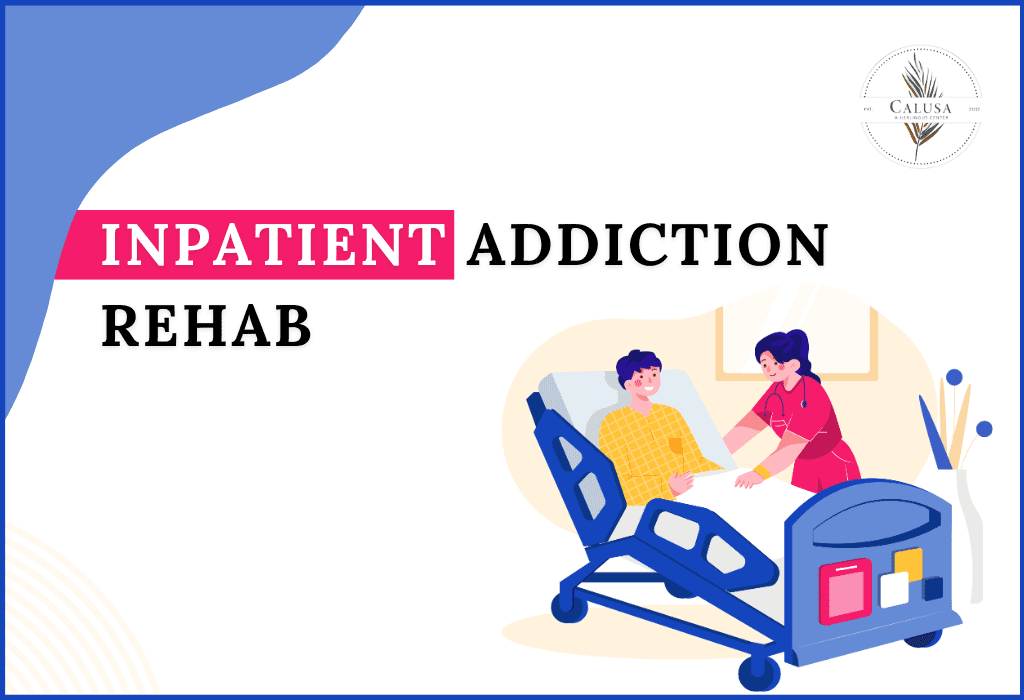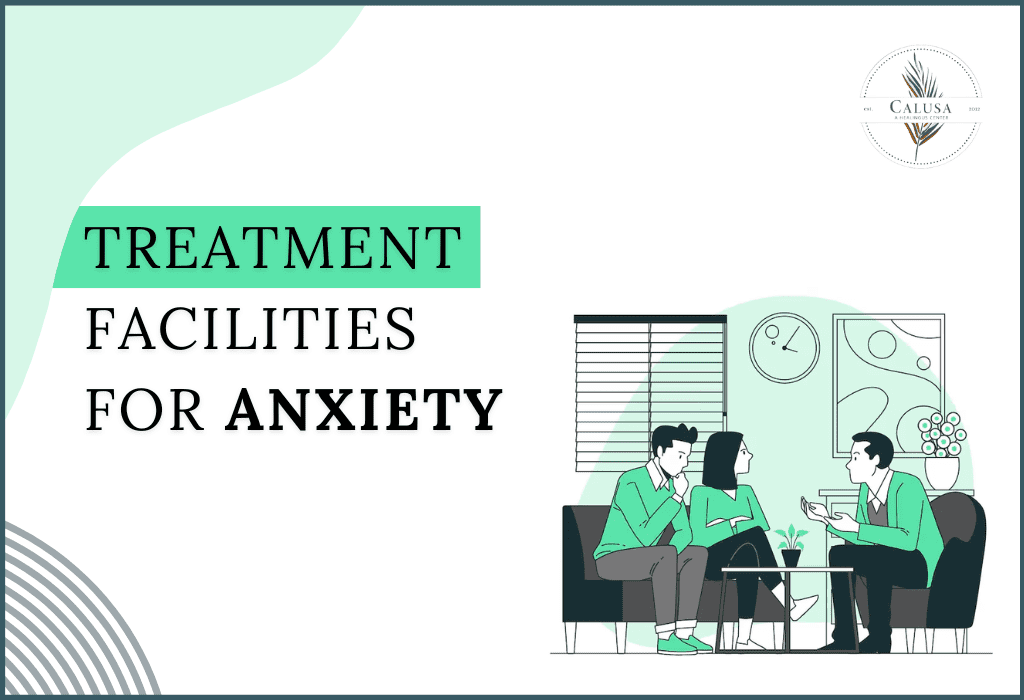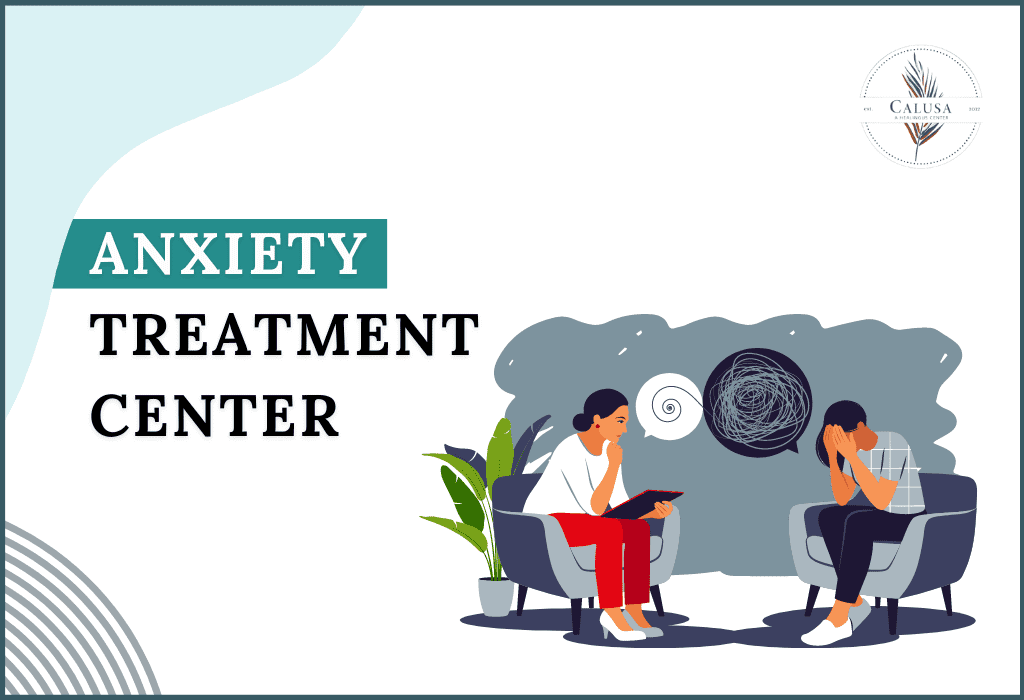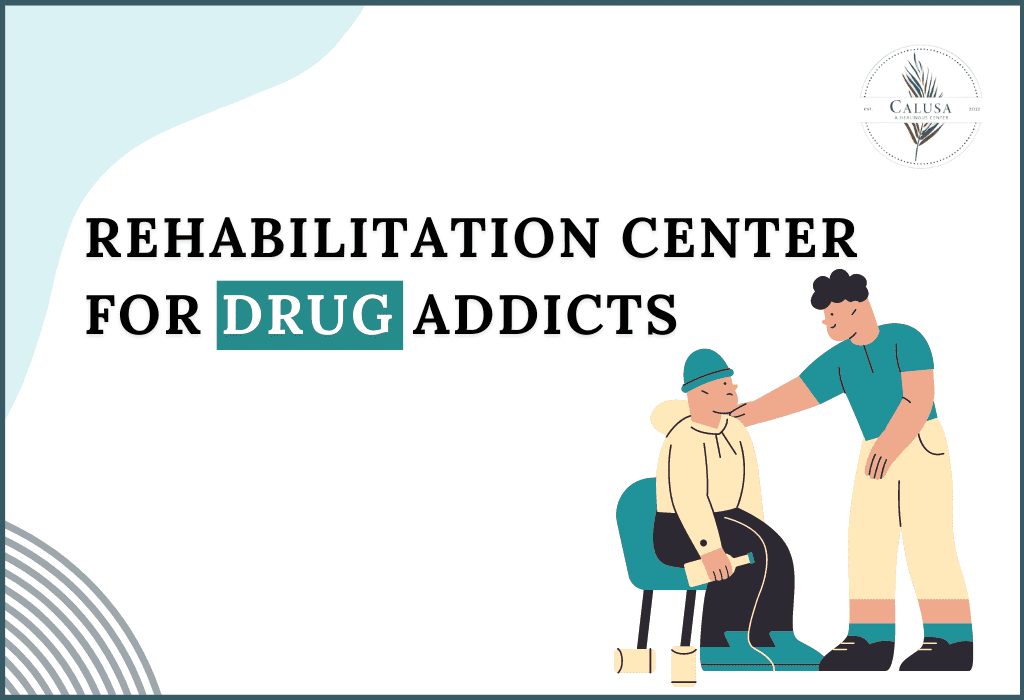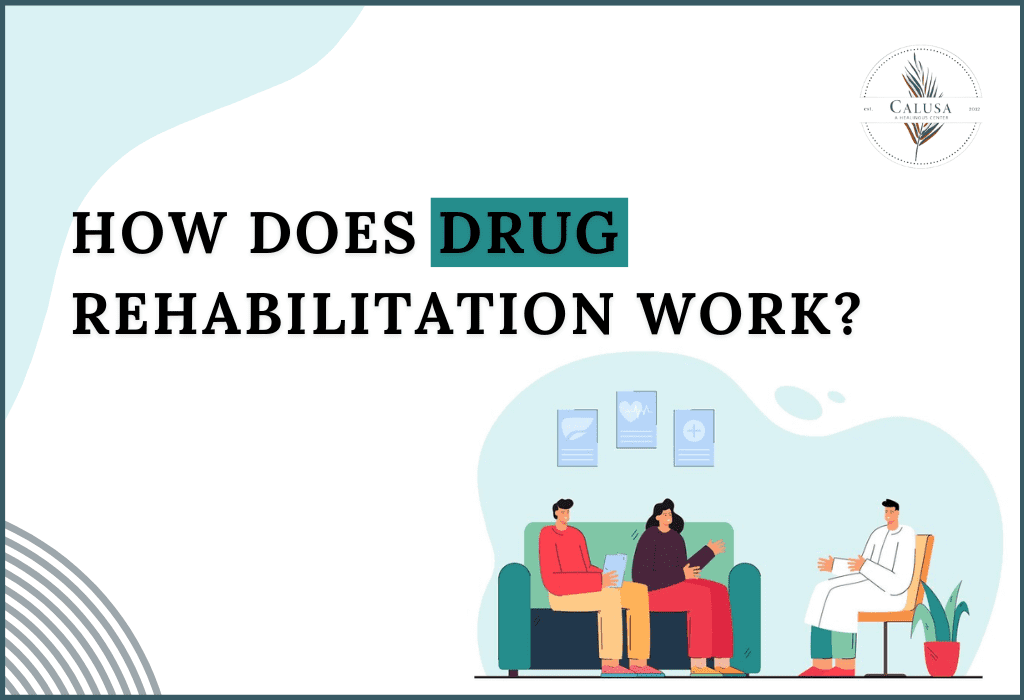Each mother and father dreams of happiness and prosperity for their child. But what if their vibrant laughter is pulled low under the heaviness of the swing of their moods? It is important for any kind-hearted guardian to have an understanding of what manic depression in adolescents looks like. This mental health problem in young people is also called bipolar disorder and may interfere with daily life. In this blog, the audience will be able to learn about some of the general symptoms to watch out for, the effects of this condition, and why early intervention counts.
Recognizing these red flags is crucial, as early intervention can lead to better outcomes.
According to the findings, 70% of adolescents with bipolar disorder experience episodes that interfere with daily living, and our goal is to provide you with information and resources to support your adolescent.
What Is Manic Depression?
Manic depression in adolescents involves rapid cycling between high-energy, euphoric episodes (mania) or debilitating low ones (depression). This condition usually manifests in teenage, and this makes it very important for parents as well as caretakers to detect early signs of this condition. Data from the National Institute of Mental Health indicates that, at some point in their lives, approximately 2.9 percent of adolescents between the ages of 13 and 18 years are affected by bipolar disorder.
A striking fa approximately 60% of children and adolescents with bipolar disorder also have other mental health conditions, such as ADHD or anxiety. Understanding these is crucial for effective treatment and support.
Common Signs to Look For
It is important to note that identifying signs of manic depression in children in their adolescence can go a long way in getting your child the right help. Here are some key signs to watch for:
- Mood Swings: Involuntary and sudden changes in mood from extreme pleasure to extreme sorrow. It is quite possible that one moment, a teen can feel the highest level of euphoria and, in the next, sink into despair.
- Increased Energy: Manic symptoms may include an increase in energy, Motor agitation, pressured speech, and a high or irritable mood, specifically in adolescents. They could lose sleep to some extent or engage in multiple activities.
- Impulsiveness: High energy results in reckless activities, such as driving or indulging in an expenditure spree.
- Irritability: Teenagers can also develop signs of irritation or even aggressive tendencies and be prone to outbursts of rage or tantrums for what may seem like no reason at all. Some may become verbally abrasive with their relatives or friends.
- Difficulty Concentrating: Students might perform poorly at school because they have difficulty concentrating or lose interest. A drop in academic performance is a clear indication that something is wrong.
- Sleep Disturbances: The sleep cycle often shifts. Some may get very little sleep during manic episodes and too much sleep during depressive episodes.
- Feelings of Hopelessness: This is a common message that is usually conveyed by teens in their depressed states, making them feel useless or lacking any reason to live. They could comment on not wanting to be alive or wanting to die.
Research shows that about 25% of adolescents with bipolar disorder attempt suicide at least once during their lifetime. Being aware of these signs goes a long way in helping you understand your teen better. Obviously, it is important to be able to discuss with them what they’re feeling.
How Manic Depression Affects Daily Life
The impact of manic depression in adolescence can extend beyond mood changes. Here are some areas that might be affected:
- Academic Performance: This is a crucial area where mood changes may cause fluctuations in academic performance and participation in school activities. Depressive phases are characterized by poor concentration, which makes it difficult to learn.
- Social Relationships: Peers may find it difficult to comprehend a teen’s fluctuations in state or disposition. This can cumulatively cause the person to become a social outcast or elevate conflict in relations.
- Family Dynamics: The manifestation of manic depression in adolescence can be difficult to handle by the families of the affected teens. Conflict can build due to fear of not knowing what to do.
A recent study found that teens with bipolar disorder are at a higher risk for substance use disorders, with estimates ranging from 30% to 50%. Understanding these impacts helps families create a supportive environment for the adolescent. This is where assistance becomes essential.
Getting Help
When the symptoms of manic depression in adolescence are detected, this is just the beginning. The next significant step is, therefore, asking for assistance. It is proposed that early intervention has the potential to yield better results. Here’s how we can help:
- Assessment: Seeking a consultation with mental health workers might help to cease the confusion. This assessment aids in discovering how serious the situation is and what kind of remedy is appropriate.
- Therapy Options: Like other mental disorders, CBT may be useful in managing symptoms of OCD in teens. Psychotherapy is helpful in that the clients have an avenue to vent and learn how to deal with the feelings that they are experiencing.
- Medication Management: Some people may require the use of drugs for mood swings to be managed and balanced. They may consult the healthcare provider to understand which medication and dosage will be effective for the child who has ASD.
- Family Support: To enhance the treatment process, the family should be embraced as it enhances communication. Thus, family therapy can assist all the members of the family to change and adapt to the new experiences that they get with manic depression in the course of adolescence.
- Education: Knowledge concerning manic depression in adolescents assists families with understanding their teenagers. Awareness regarding such a condition can help minimize fear and anxiety that may be associated with the ailment.
Why Support Matters
As this has shown, having a support structure can, therefore, make all the difference when it comes to manic depression in adolescence. Here’s why:
- Stability: Friends and family interventions can assist in establishing structure during unstructured transitions. They feel comforted knowing that they are not on their own.
- Understanding: When a family is informed, it can deal with crises in the best way possible. Understanding can thus facilitate communication and also emotional support.
- Hope: Support and treatment can help achieve a better quality of mental health status. This awareness that there is hope keeps the adolescents coming despite their condition.
Studies suggest that with appropriate treatment, up to 80% of individuals with bipolar disorder can lead stable lives, highlighting the importance of seeking help. The road to managing manic depression in adolescence is long, but it is navigable with the right support and resources.
FAQs
Q: What percentage of children with bipolar disorder have ADHD?
A: It is found that 60-90% of children with bipolar disorder are diagnosed with Attention-Deficit/Hyperactivity Disorder (ADHD), which can be considered as a comorbid condition in the case of youth bipolar disorder.
Q: What percentage of adolescents suffer from bipolar disorder?
A: Bipolar disorder affects nearly 2.9% of adolescents in the 13 to 18 bracket, and many of these get their first episode before they are 19 years hence the need for early diagnosis and treatment.
Q: Who is the best support for bipolar disorder?
A: The main sources of help for bipolar disorder are commonly relatives, therapists, and other related personnel, and the groups of people with the same issues as they can provide emotional, medical, and community assistance in the course of the treatment and the recovery process.
Q: Who supports people with bipolar disorder?
A: Doctors, psychology experts, family members, foundations, and support groups play an important role in managing bipolar disorder’s symptoms through medication, therapy, and encouragement, thus working for a lifelong recovery and stability.
Conclusion
It is crucial for every parent to know the symptoms of manic depression in adolescents. If you notice the above signs, you can help your teen seek the required assistance. This implies that in the event that action is initiated at an early stage, favorable results shall be witnessed, and the future will be brighter. In cases where you think your child is affected by manic depression in the adolescent years, do not wait to consult a doctor.
At Calusa Recovery, we understand how difficult it may be to work his true way through the tangled web of mental health. We are a caring staff and are dedicated to supporting you and your teenager throughout this process. Contact us today for more information on how we can achieve personalization in your therapy. But, together, we can build a way out and begin the process of healing. The future and welfare of your child depend on it – don’t wait to act!

